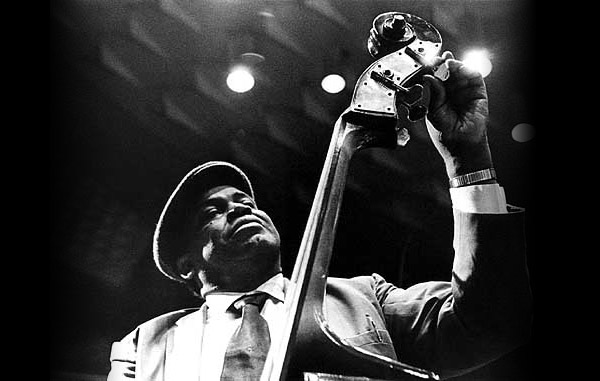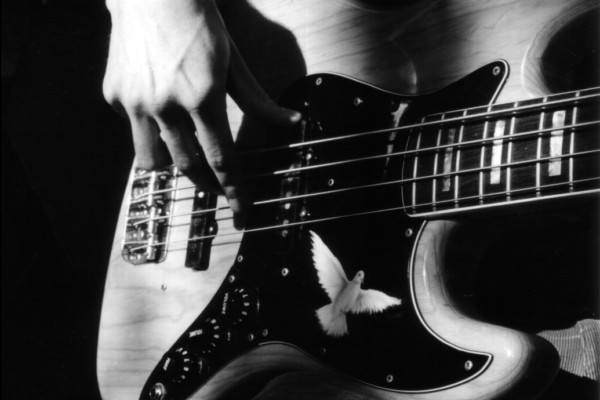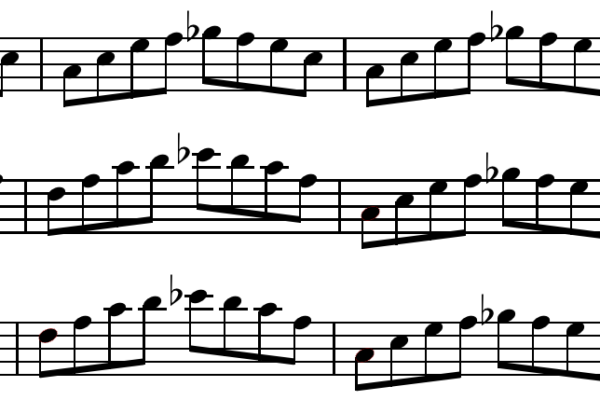Blues Bass
The Most Influential Blues Bassists: Part 2
After reading the previous column in this two-part series, I’m hoping you’ve had a chance to check out some music featuring the playing of Willie Dixon and Duck Dunn. Their old school approaches to playing blues compliments the players they accompanied and reflects how novel full-band blues recordings were in the 1950’s and ’60’s. Early on, blues recordings typically only...
The Most Influential Blues Bassists: Part 1
One of the common bonds between a lot of us bass players is that we learned how to play by ear. Unlike other instruments, such as the clarinet or piano, we didn’t start out by taking private lessons, nor did we play in the fourth grade orchestra at school. Instead, we heard songs on the radio with cool bass lines...
Blues Endings: Tips for Avoiding the Train Wreck
Early on in my musical career, a wise man once told me that the mark of a good band is one that starts together and ends together. This doesn’t mean that whatever is played in the middle doesn’t matter, but it alludes to the importance of how well-rehearsed the players are or how well they feel each other out if...
Let’s Talk About the Blues Scale
The Blues Scale. Why do so many players talk about this as the quintessential soloing tool? Have you ever wondered why the blues scale doesn’t always sound good while being played over a blues progression? Aren’t you looking for something more “realistic” in terms of an approach for soloing? Although this column is starting to sound like an infomercial proposing...
More Blues Feels! Rumbas, Funky Blues, and Rock-n-Roll
Here are three more feels to have at your fingertips whenever you’re stepping into a blues gig or jamming situation. As I’ve mentioned in previous “feels” columns, bandleaders enjoy putting their own spin on certain tunes and will often deviate from the recorded version of the song by changing the feel. It’s also nice to break up the monotony of...
Blues Bass: Jump Blues, Two-Beat and “The Bump”
So far, we’ve examined different kinds of blues progressions, tips for playing on the bandstand, and two common blues feels: the shuffle and the slow blues. In this column, as well as the following one, I’d like to dig deeper and discuss other standard blues feels that you’ll be likely to play. I’ll try to reference certain songs so that...
Slow Blues: The Art of Making Each Note Count
The slow blues: a song that can last anywhere between 3 minutes and 30 minutes… depending on the guitar solos! For bass players, we’re challenged to keep our (and the audiences’) interest in the music and fuel the fire that makes the 30-minute rendition of “Red House” seem like something worth listening to. The style is particularly interactive, and if...
The Blues Shuffle: It’s All About the Feel
Aside from knowing the 12 bar blues progression, familiarization with different bass patterns and feels becomes crucial. Since many songs have the same progression, the pattern and/or feel is the main characteristic that differentiates one blues from another. This column will focus specifically on the feel, how to differentiate one kind of shuffle from another by changing your articulation or...
Major and Minor Blues: What Are These Chords?
When it comes to playing bass, it’s easy to stick to specific patterns, rely on our ability to provide the musical foundation with the root and the fifth, and leave the chord knowledge up to the guitar players. Although there are musical situations where playing the root and the fifth is appropriate, it is essential for bass players to understand...
Understanding Blues Forms and Common Substitutions
In this lesson, we’re going to examine a couple of different blues forms, specifically the 12 bar, 8 bar, and 16 bar blues. Additionally, we’ll go over a few different approaches to playing through the form and knowing when it would be appropriate to substitute chords or when to adhere to the traditional changes. Here is a diagram outlining the...
Essential Terms and Concepts for Playing Blues
In case you missed it, check out part 1 of this series. Since blues is an ideal genre for jamming and improvising, your knowledge of certain terms and feels can dramatically boost your value as a player. Whether you’re doing a blues gig, going to blues jam at a local club, or getting together with other musician friends to play...
How To Be a Great Blues Bass Player (Part 1)
Ok, I admit it; I’m not the person that you think of when you envision a “blues bass player.” I’m exactly five feet and one quarter of an inch tall, I’m a 24-year-old girl from a suburban neighborhood in Philadelphia, and, as many people point out, the bass is bigger than I am. I don’t know whether it was the...






